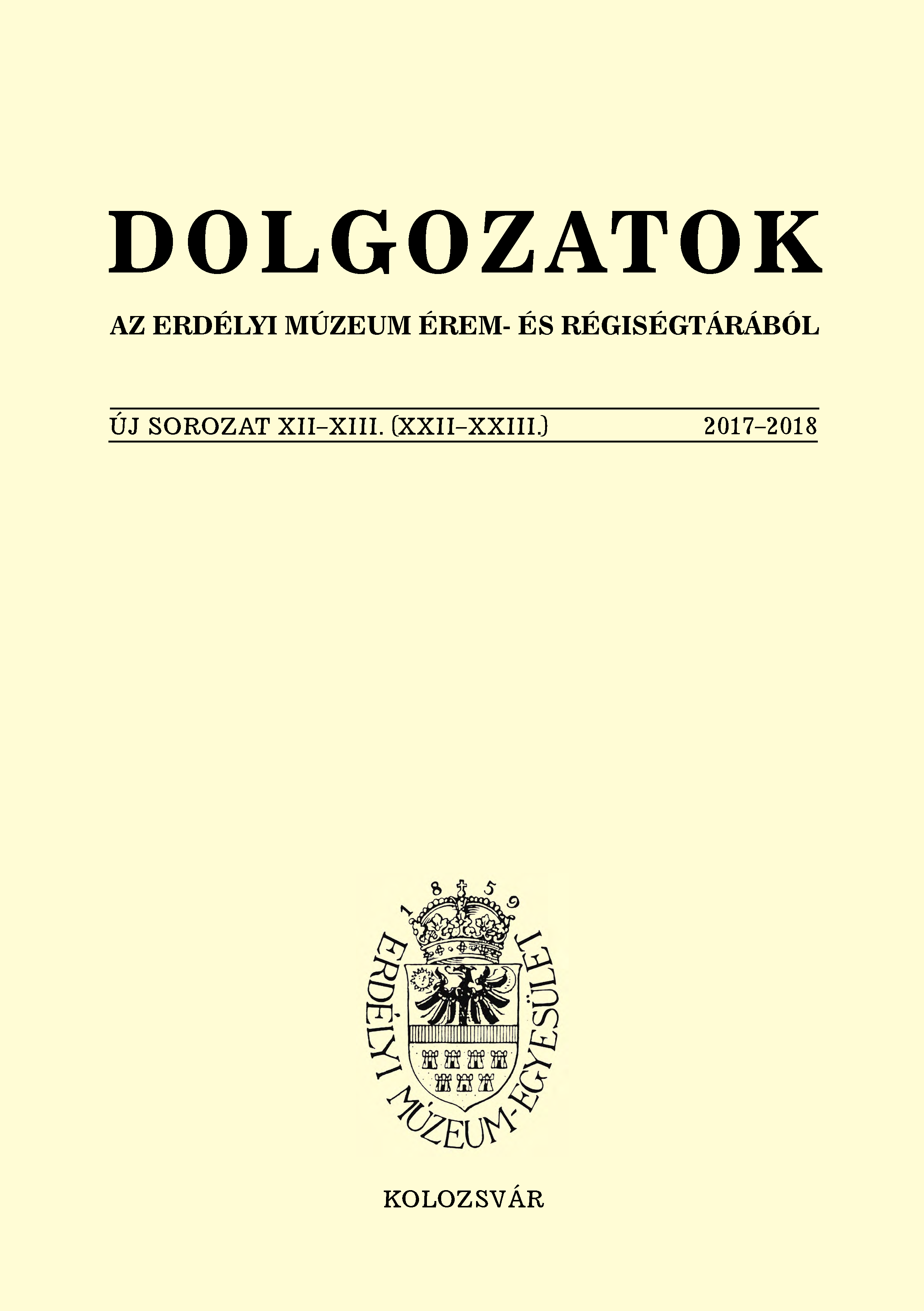Buday György Boldogasszony búcsúja fametszetes sorozata
György Buday’s woodcut series ”Blessed Virgin Mary’s Feast Day”
Author(s): Róbert NátyiSubject(s): Cultural history, History of Art
Published by: Erdélyi Múzeum-Egyesület
Keywords: György Buday; Szeged; Blessed Virgin Mary; woodcut; Artistic College of Szeged Youth
Summary/Abstract: The study is written on one of the most important early works of György Buday’s (1907–1990) graphic art career, on the book Blessed Virgin Mary’s Feast Day. The fifteen-pieces series is inspired by the feast day of Blessed Virgin, held in Szeged on August 5, a centuries-old cult that can be traced back to Medieval roots. The work, published in 1931 by the Artistic College of the Szeged Youth, came to a large number of editions, allowing the creator’s name be known at once. This volume was recognized the most beautiful book of the year by the Hungarian Bibliophil Society (1931). Buday became an individual style artist with this work, almost without antecedents in modern Hungarian graphic art – which lived its first heyday in these decades. The volume, which can be regarded as the first modern Hungarian woodcut book, is the key piece of his oeuvre in many aspects. This work closed the second phase of the university movement of young people led by Buday (agricultural settlement movement), and opened the way for the third period, now in the declared organizational form, towards fulfilment. This graphic series became the first edition of the Artistic College of the Szeged Youth, followed by fifteen more in the next four years. For Buday woodcarving meant an active social purpose, which he only began to deal with around 1929–1930. The young artist with a clear artistic program and will to act appeared with a doctrine on the stage of fine art. Despite the relatively short time he had already worked in the field of woodcarving, he appeared with a mature technique. He used the simple solo-engraving technique; nevertheless, he could already clearly distinguish the masses and the spatial dimension. One of his greatest virtues is that from the direct experience he was able to create visionary works concised like ballads. The young graphic artist captured the popular power of the pilgrimage in its collective, centuries-old antiquity and sacral character. In this period his works were influenced by the creations of the 20th century German expressionists, the Die Brücke members, Emil Nolde (1867–1956), George Grosz (1893–1959) and Belgian Frans Masereel (1889–1972). The article focuses on the circumstances of the creation, takes literary parallels and projections, and deals with the contemporary critical reception and history of the work.
Journal: Dolgozatok az Erdélyi Múzeum Érem- és Régiségtárából. Új sorozat
- Issue Year: 2018
- Issue No: XII-XIII
- Page Range: 153-166
- Page Count: 14
- Language: Hungarian

